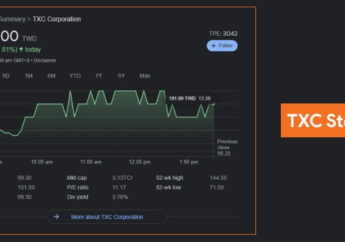Getting a Loan When You’re Unemployed
by Mashum Mollah Investing Published on: 11 November 2016 Last Updated on: 27 May 2025

Borrowing money is something people do every day, yet many, if not most of the people who need to borrow and who are looking for loans, do not understand the process. Why would a bank or financial institution loan money to someone? Why would a car lot, or a mortgage company finance a purchase? What is their motive, and what do they want in return?
Once you understand loans as a business transaction and further, why they are valuable to both lender and borrower, you will be better equipped to obtain financing or a loan even if you are unemployed.
The Transaction:

Read also: How 2016 is Shaping up for Personal Loan Interest Rates
What most people don’t understand is that having income from a job isn’t automatically persuasive to a lender. They know most of that money (if not all of it) may be spent on other things, leaving little or nothing left with which to make loan payments. Making certain a borrower has sufficient income is important, but it isn’t the only factor. There are other things you can offer a lender in lieu of employment income in order to obtain a loan.
Securing the Loan:
One of the most common ways to obtain financing is to provide the lender with something called “security.” Security is an asset of some kind that can be pledged to the lender on a temporary basis while you have an outstanding loan balance. A good example of this kind of borrowing is the “secured credit card.” A secured credit card is made possible by an amount of money in a bank account that is provided to a lender as security. The lender then issues a credit card with a limit no higher than the amount in the account. If the borrower fails to make their payments, the lender can simply take the money in the account to satisfy the debt.
Most people who have savings don’t need to borrow money, but having those savings can make a lender more willing to loan money because the savings can be pledged as security, even if it is only a portion of the total borrowed.
Collateral:
Most people are familiar with pawn shops, which make their living on collateralized loans. A person takes an object of some value to a pawn shop and leaves it with the owner in exchange for a small amount of money. The object is collateral. If the owner of the object returns later, they can repay the money loaned against the object and get their collateral back.
Mortgages and auto loans also operate on a collateral basis, with the purchased house, property or vehicle automatically pledged as the collateral for the loan at the time the financing is set up. If a borrower fails to make their payments, then the purchased property can be seized by the lender in order to satisfy the debt.
Collateral and security are similar, and either can be used to provide a lender with a reassurance that even if the loan payments are not made, they will be able to take the property in order to satisfy the remaining debt.
Pledging some form of collateral is the most effective way to obtain financing absent the regular income from a job. By itself, it may not be enough, but it can go a long way towards making a lender more agreeable.
Structuring a Loan:
One of the less common ways borrowers can a loan without a job is to modify the loan in such a way so as to avoid regular payments. Since most lenders prefer regularly scheduled payments, most lenders prefer their borrowers to have a regular income in order to make those payments. However, not all loans are built on monthly payments. Some loans can be repaid all at once at the end of the loan term. This is known as a balloon payment and is quite popular with business people who know the borrowed funds will provide them additional income to make a larger payment at a later date.
While it isn’t always possible to persuade a lender to use an uncommon structure, it is a viable option if you can demonstrate much greater financial capacity at some future date.
Borrowing money should always be viewed as a last resort, as it can be unnecessarily expensive and serve only to further complicate difficult financial circumstances. However, if you are aware of what lenders need, and you can build financing that makes sense for both yourself and your lender, borrowing can be much easier, much less expensive and hopefully provide some temporary financial relief while more permanent solutions are obtained.
Read Also:



































































































